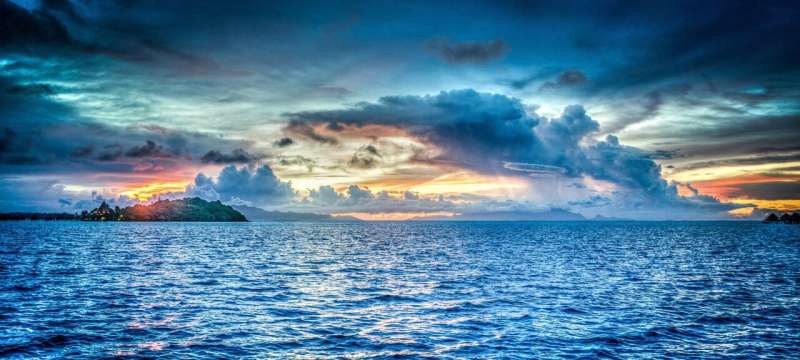
The Department of Transportation this week approved awarding $426 million to the Humboldt Bay harbor district to build a new marine terminal in Humboldt County near Eureka with huge cranes, warehouses and wharves to assemble and deploy the giant turbines, the first facility of its kind on the West Coast.
Some of the floating turbines could be up to 1,100 feet tall—taller than the tallest skyscrapers in San Francisco and Los Angeles—with huge triangular floating bases bigger than the baseball fields at Oracle Park or Dodger Stadium.
The structures are so large they can't fit under the Golden Gate Bridge, which is one reason the more rural Humboldt Bay was selected.
"This is one of the biggest steps forward we've seen so far to realize the promise of offshore wind on the West Coast," said Adam Stern, executive director of Offshore Wind California, an industry association. "The federal grant is a huge signal to the market that offshore wind is going to happen here in our state."
In December 2022, the U.S. Department of Interior awarded wind power leases to five companies that bid $757 million for two large areas between 20 and 35 miles off Humboldt County and off Morro Bay in San Luis Obispo County.
Gov. Gavin Newsom has said he wants 5,000 megawatts of ocean wind power installed by 2030—the equivalent of 10 natural-gas fired power plants—as a key part of California's reaching its goal of 100% clean electricity by 2045 to reduce smog and greenhouse gas emissions.
Biden has made offshore wind a centerpiece of his renewable energy plans, setting a national goal of 30,000 megawatts by 2030.
There are currently no offshore wind farms on the West Coast. Major questions remain about how to build the projects in a cost-effective way, including expanding the state's transmission grid to move the electricity to cities, and how to reduce any potential environmental impacts to ocean wildlife.
But having federal funding to build a marine facility to launch the floating wind turbines is a major milestone, supporters say.
Stern said that if offshore wind energy moves forward in California the way it has in Europe and China, it could account for about 15% to 20% of the state's electricity needs in the next 25 years.
The terminal facility in Humboldt Bay is planned for a 180-acre site formerly occupied by a timber pulp mill. In recent decades, the logging industry in the area has declined steadily.
The new offshore wind marine terminal has the potential to significantly revive and diversify the region's economy, said U.S. Rep. Jared Huffman, D-Santa Rosa, whose district includes the area.
"Humboldt Bay is going to become a hub of manufacturing and assembling these systems for the rest of California and for Oregon," Huffman said. "We're talking about thousands of good-paying union jobs."